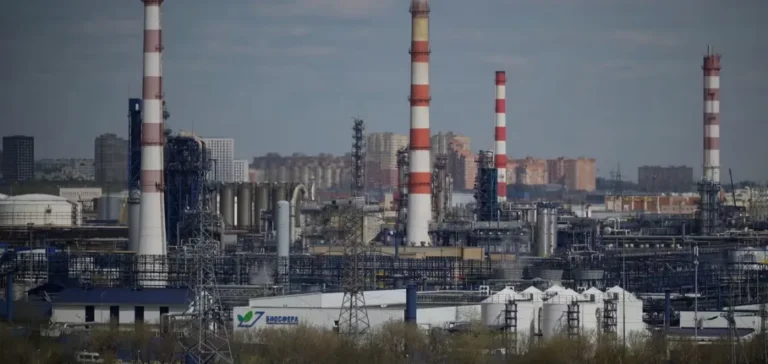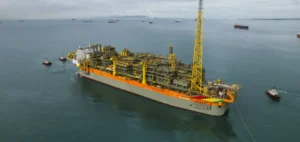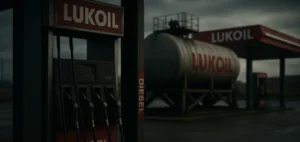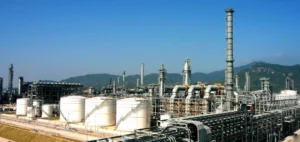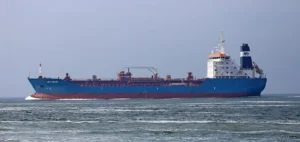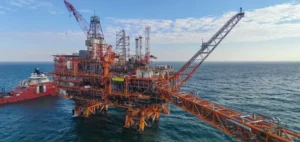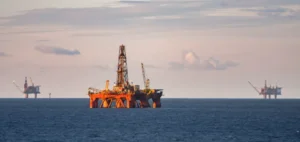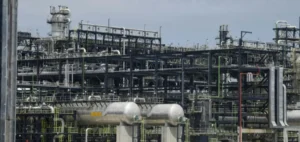The misalignment of sanctions policies between the United States and the European Union regarding Russian oil exports to India is disrupting the market. According to sources familiar with loading plans, Russian crude volumes shipped to India are expected to decline in October, after two months of strong flows.
U.S. tariff pressure and regulatory uncertainty
The United States, the European Union, and other Group of Seven (G7) members initially implemented a price cap mechanism to regulate Russian oil sales, allowing access to Western maritime services only for transactions below a certain threshold. However, President Donald Trump’s administration abandoned that consensus, demanding that India cease purchasing Russian crude. In response to New Delhi’s refusal, Washington imposed tariffs of up to 50% on Indian exports to the United States.
This escalation puts Indian importers in a difficult position, caught between diverging sanctions and rising logistical costs. While the European strategy aims to maintain flows at reduced prices, the American approach seeks to apply maximum pressure to limit Russian oil revenues.
Discount demands and diverted volumes
Facing increased risk, Indian refiners are now demanding deeper discounts to offset regulatory tightening. Four traders involved in the sales said Indian buyers are requesting a spread of around $10 per barrel from Brent to comply with permitted cap levels. In September, those discounts averaged only $2 to $3 per barrel.
Some Russian sellers view these demands as excessive and are considering diverting cargoes to China, according to two trading sources. This redirection is expected to cause a moderate drop in Indian shipments.
Cap limits and Western disengagement
Russian oil deliveries to India are expected to average around 1.4 million barrels per day in October, down from 1.6 million in September. This drop comes as the European Union reduced the authorised cap to $47.60 per barrel starting in October. This new threshold determines access to Western insurance and shipping services. The United States did not support the cap revision, deepening the regulatory divide among allies.
Market participants estimate that most Russian oil will be sold above the cap, even after discounts. A European Commission spokesperson stated that the goal remains to unify all G7 members around the new threshold, as European shippers continue to play a central role in exports.
Bypassing the cap and enforcement gaps
In response to increased regulatory pressure, Russian exporters are increasingly relying on a so-called “shadow fleet” of vessels operating outside the reach of Western oversight. This fleet, insured by Russian entities, allows exports to continue without adhering to cap conditions.
According to industry sources and analysts, most Russian crude has been sold above regulatory thresholds since 2022, thanks to the use of independent vessels or falsified documentation. The lack of robust enforcement on cap compliance has led some operators to ignore the rules, viewing the risk of penalties as minimal.


